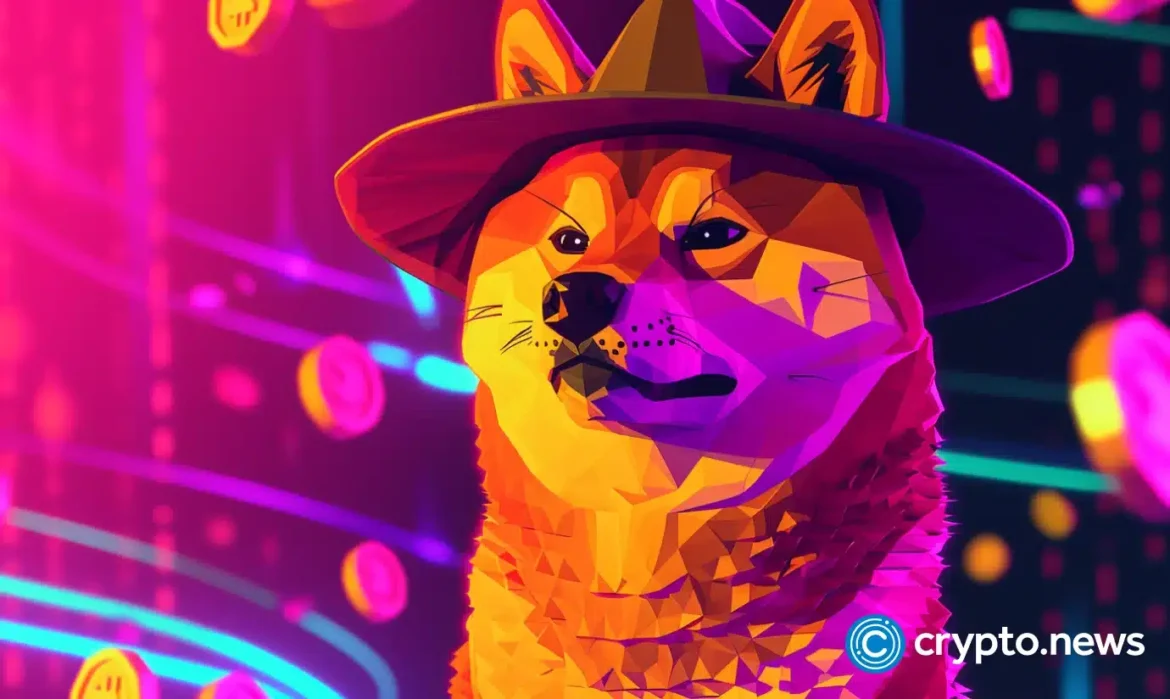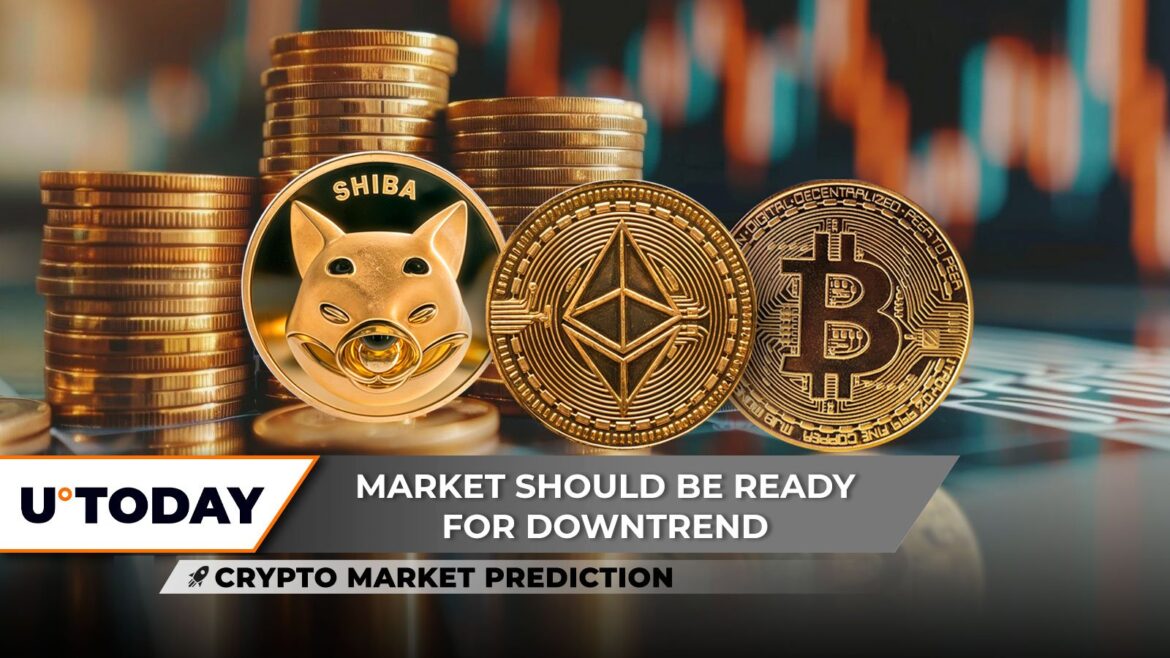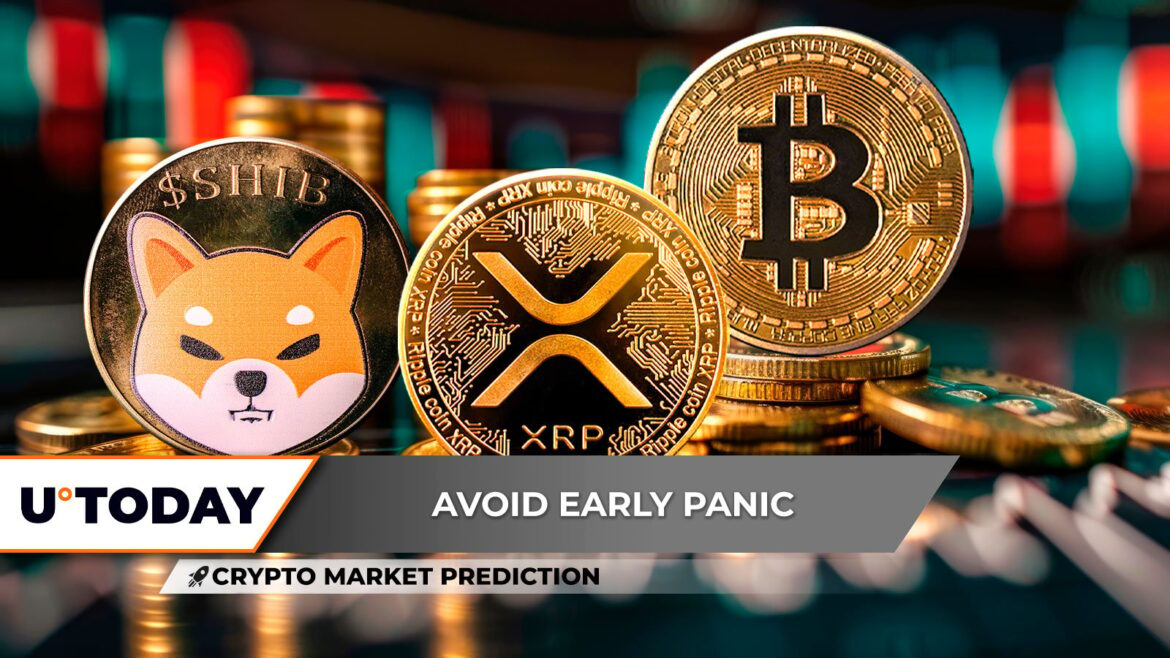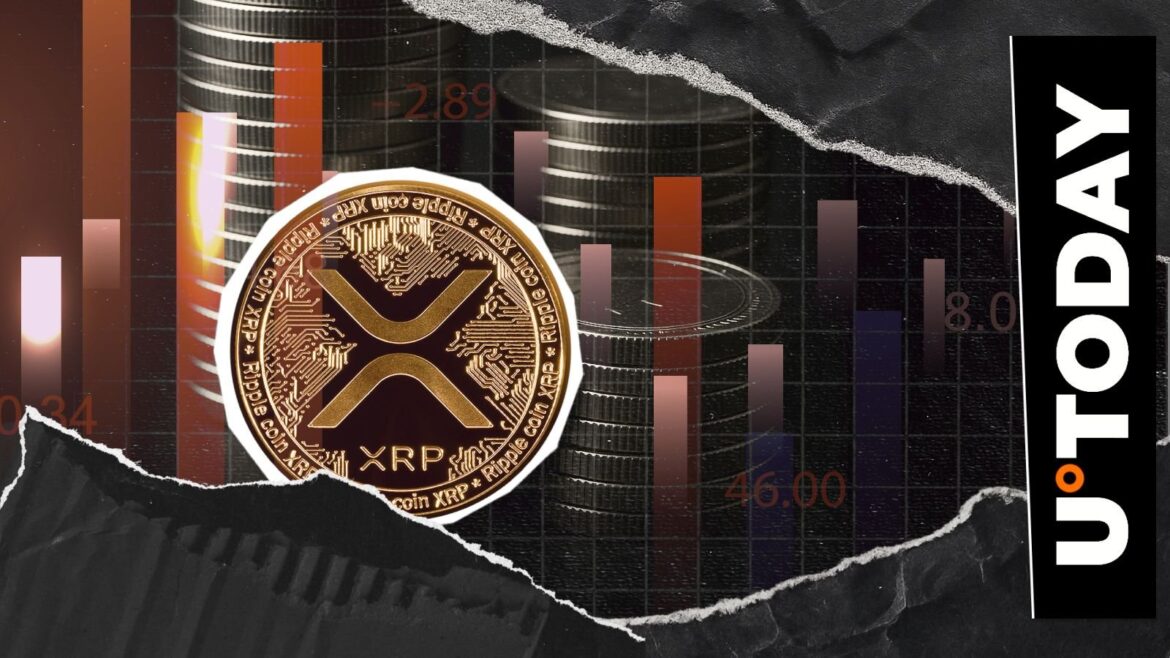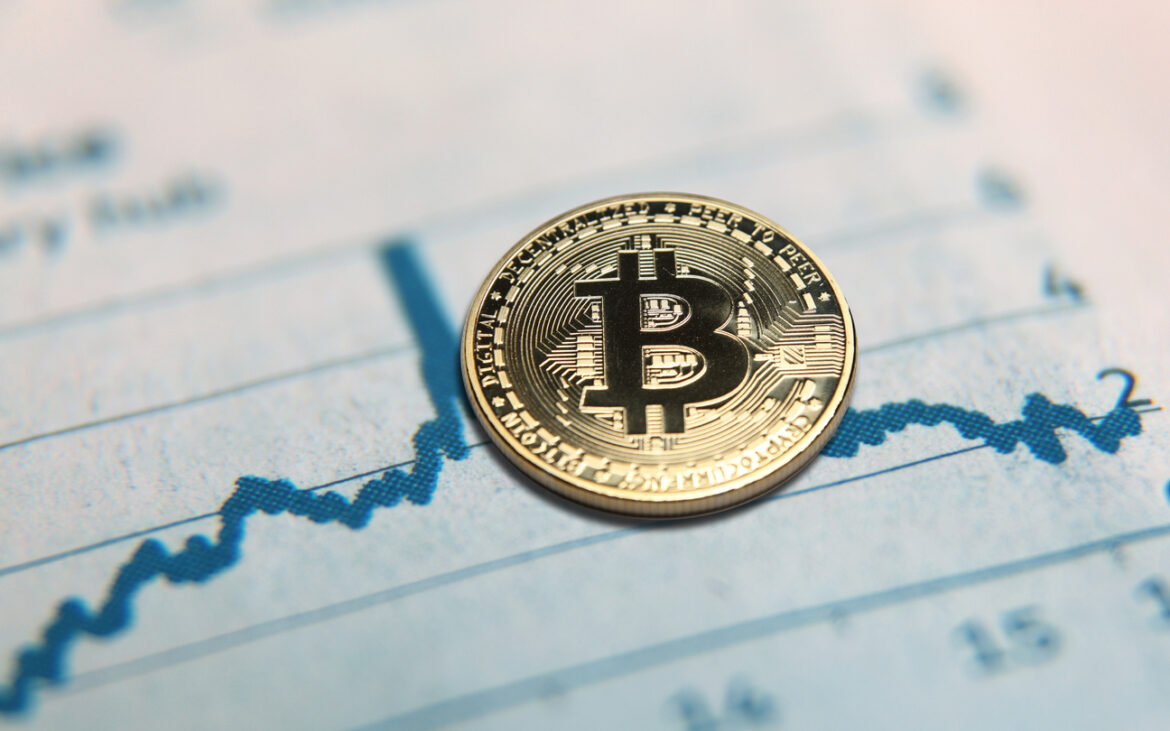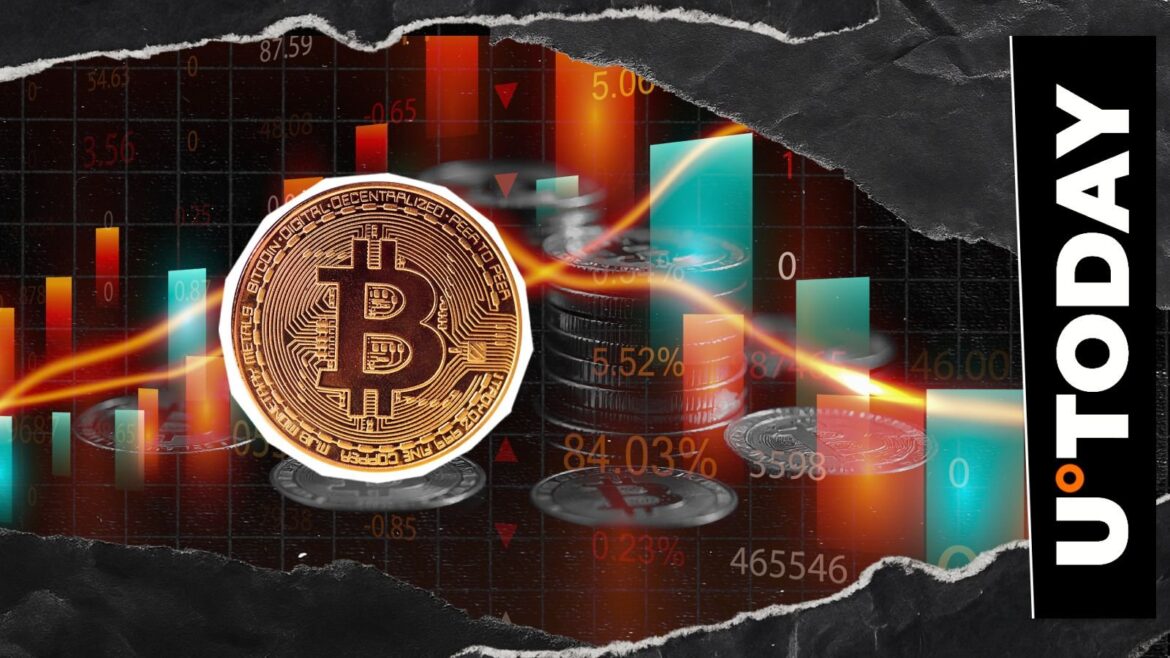Dogwifhat’s price is holding a critical high-timeframe support at $0.75, supported by Fibonacci and value area confluence. A hidden bullish divergence suggests conditions for a potential reversal higher.
Summary
- Dogwifhat is holding $0.75 support, a key confluence zone with Fibonacci and value area low.
- Hidden bullish divergence between price and RSI indicates potential strength.
- Volume confirmation is essential for a rotation back toward $1.40 resistance.
Dogwifhat’s (WIF) price action has returned to an important support region following a failed reclaim of the point of control (POC). This level, anchored at $0.75, coincides with the value area low and the 0.618 Fibonacci retracement, making it a decisive point for market structure.
Adding to this, WIFStrategy acquired 500,000 WIF tokens, adding weight to the bullish outlook as the asset positions for potential further gains. A successful defense here could maintain the bullish trajectory that has characterized WIF’s broader uptrend and prevent deeper retracements that might otherwise break the bullish structure.
Dogwifhat price key technical points
- $0.75 High-Timeframe Support: Critical level aligning with the value area low and 0.618 Fibonacci retracement.
- Failed POC Reclaim: Price rejection at the POC redirected momentum lower, retesting key support.
- Hidden Bullish Divergence: Price forming higher lows while RSI prints lower lows signals a potential bottom.
WIFUSDT (1D) Chart, Source: TradingView
The rejection from the POC has set the stage for an important test at $0.75. This zone has repeatedly acted as a pivot in previous cycles, and its overlap with both the Fibonacci retracement and the value area low increases its technical importance. If buyers successfully defend this region, WIF will be able to print another higher low within its broader uptrend, keeping intact the sequence of higher highs and higher lows. This would reinforce the view that the price is only consolidating before another leg upward.
A failure at this level, however, would weaken the bullish case. Breaking below $0.75 would put Dogwifhat into a riskier position, opening up liquidity gaps and exposing lower support zones. As such, the next several sessions around this level are likely to define WIF’s near-term direction.
Dogwifhat RSI, Source: TradingView
One of the most important factors supporting a bullish scenario is the emergence of a hidden bullish divergence. On the price chart, WIF has been forming a higher low, while the RSI indicator has simultaneously been posting a lower low. This discrepancy is often read as a powerful continuation signal, suggesting that buyers may be absorbing selling pressure and preparing for a renewed upside push.
Still, divergences require confirmation, and in this case, that means volume inflows. Without a surge of buying activity to back up the divergence, the signal risks losing its effectiveness. If bullish volume returns, however, it could serve as the catalyst for WIF to break out of its consolidation and retest range highs.
What to expect in the coming price action
If $0.75 continues to hold, Dogwifhat is well positioned to form a higher low and rotate back toward the $1.40 resistance level. The bullish divergence on the RSI adds further weight to this setup, provided that volume inflows confirm the move.
A defense of this support would strengthen the broader bullish market structure, while a failure could shift sentiment bearish and invalidate the current setup.

